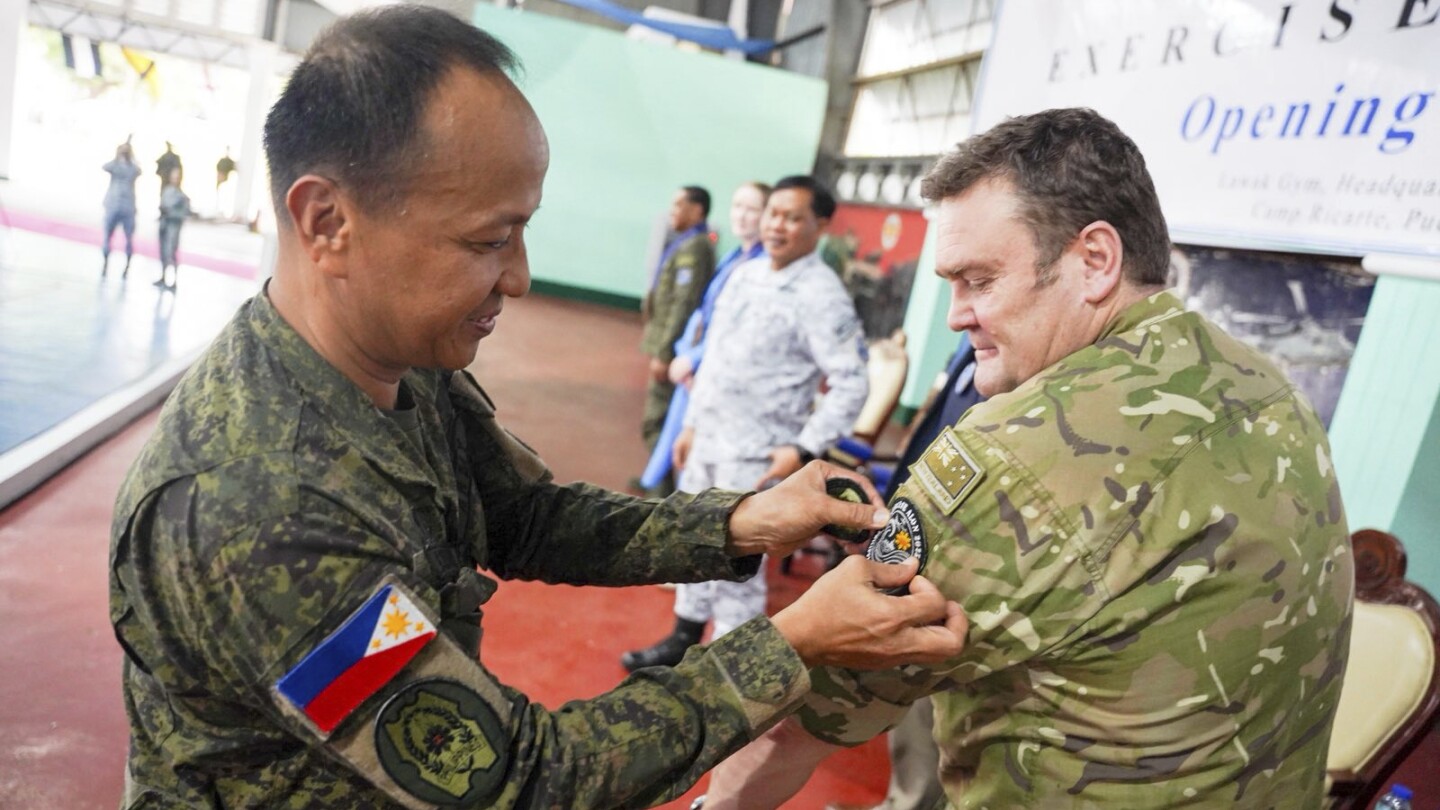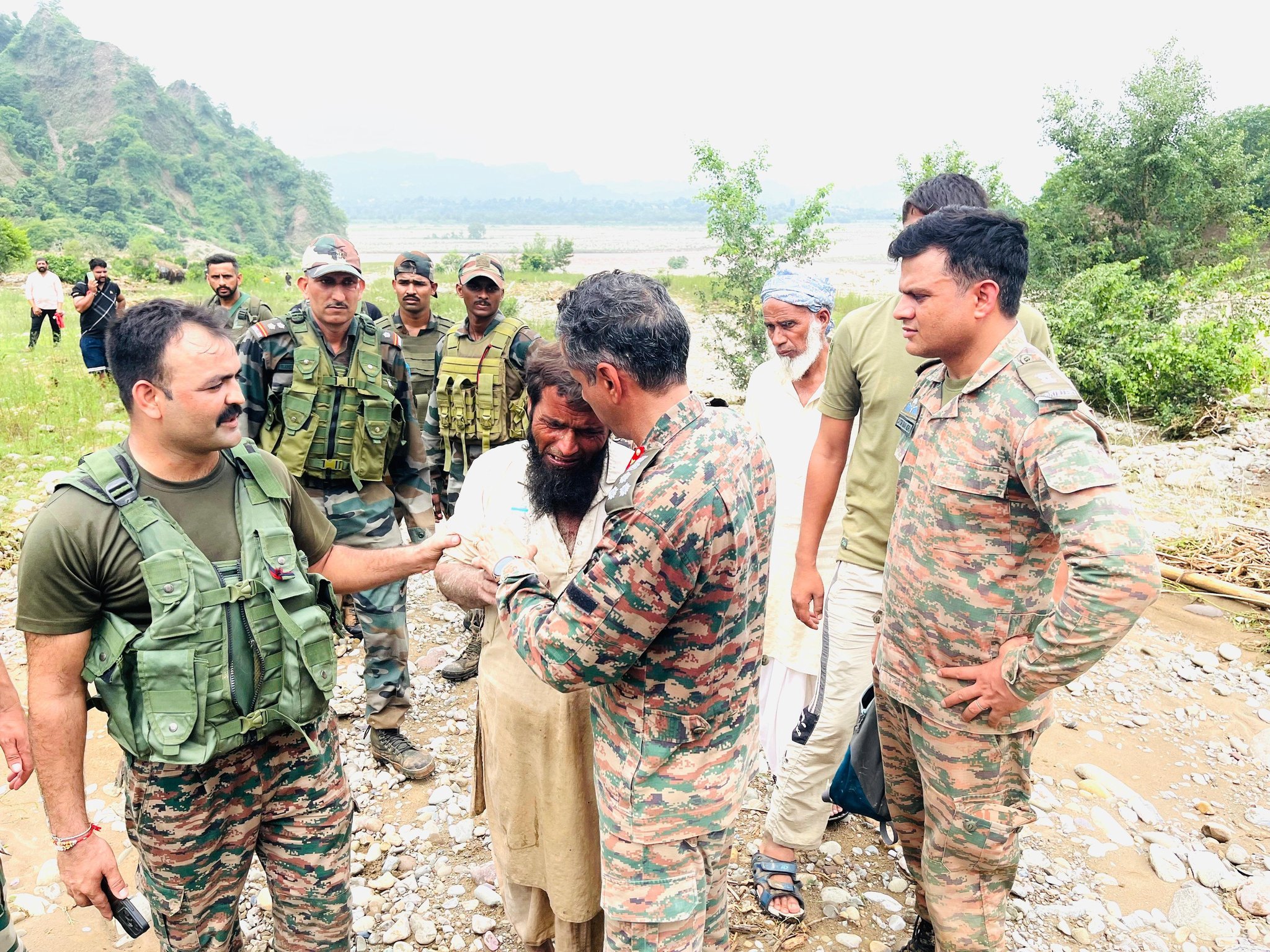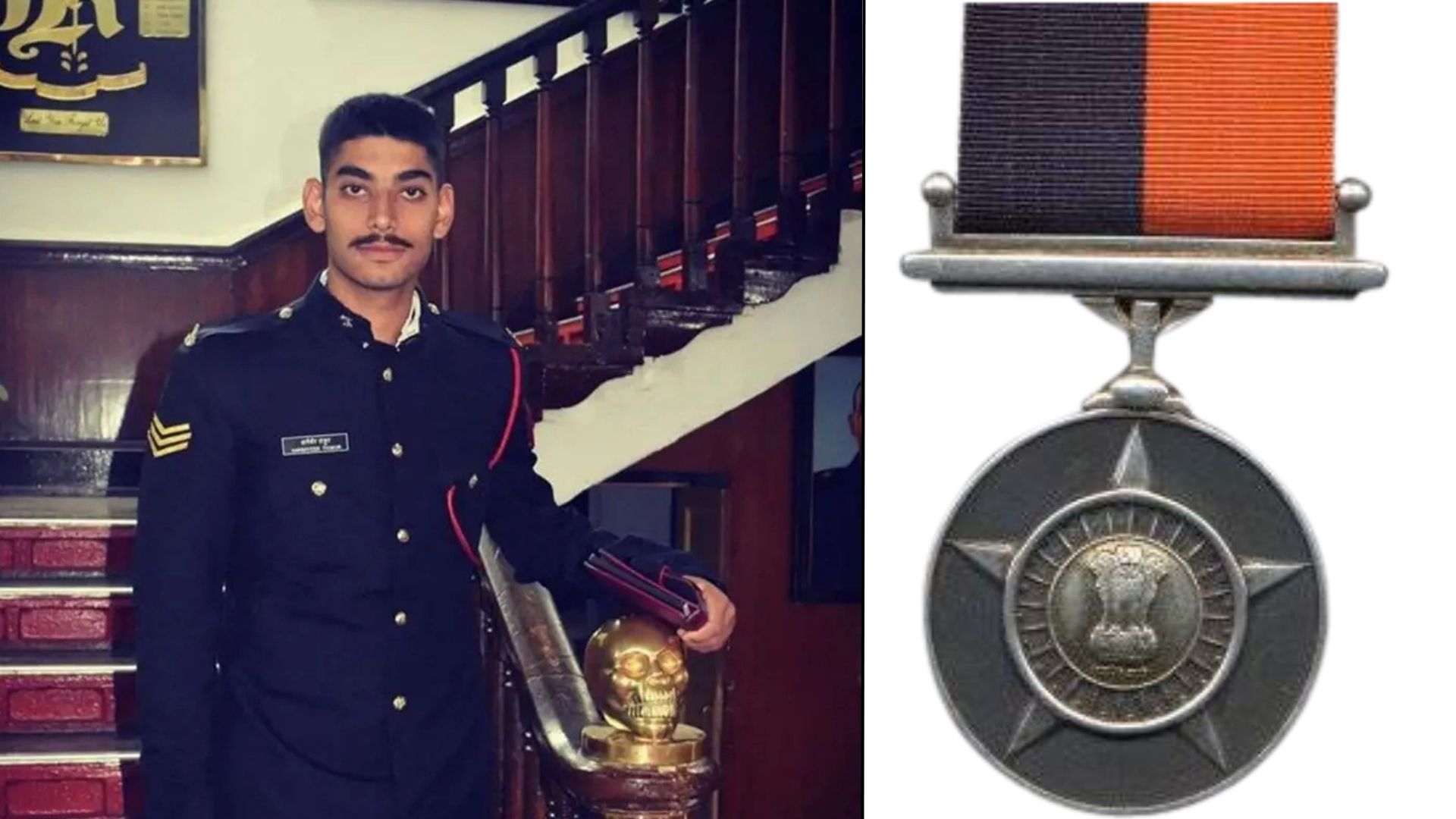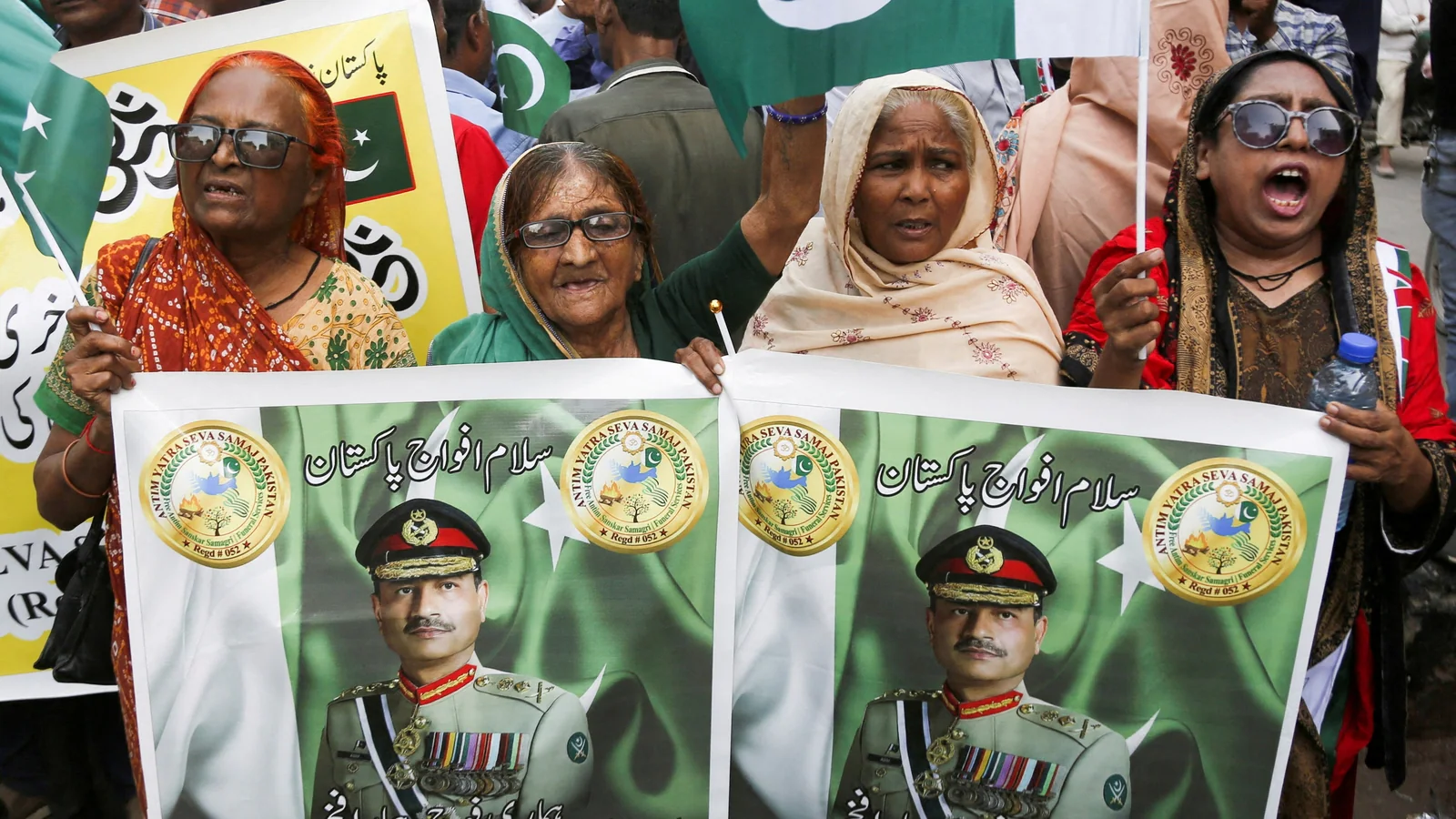Australia, Philippines Launch Largest-Ever Military Exercise Near South China Sea
Australia on Friday kicked off its largest-ever military exercises with the Philippines, involving more than 3,600 troops in live-fire drills,…
Meet Captain Saurabh Salunke: Army Doctor Who Restored an 11-Year-Old’s Voice After 8 Years
In the remote hills of Duggan village in Kathua, Jammu and Kashmir, a young Indian Army doctor has achieved what…
Kathua Disaster: Army Deploys Choppers, Multiple Columns for Rescue Operations
The Army on Sunday launched a massive rescue and relief operation in cloudburst-hit Jodh Ghati village of Jammu and Kashmir’s…
Captain Narsaram Jajra Killed in Jaipur Hit-and-Run; Accused Driver Gets Bail
A tragic incident marred Independence Day celebrations in Jaipur as a 64-year-old retired Army officer, Captain Narsaram Jajra, lost his…
Meet Himachal’s Flight Lieutenant Arshveer Singh Thakur: Youngest Vir Chakra Awardee of Operation Sindoor
On Independence Day 2025, President Droupadi Murmu awarded the Vir Chakra, India’s third-highest wartime gallantry medal, to Flight Lieutenant Arshveer…
‘God Made Me Pakistan’s Protector,’ says Pakistan’s Army Chief Asim Munir, Denies Political Ambitions
Pakistan’s army chief, Field Marshal Asim Munir, declared that he sees himself as the “God-ordained protector of Pakistan,” dismissing rumours…






